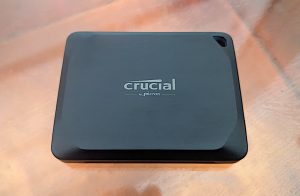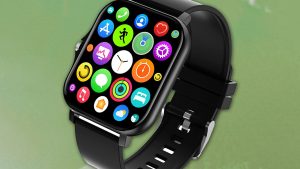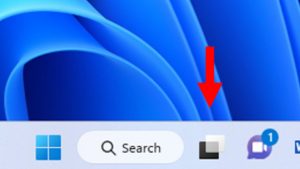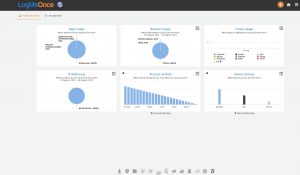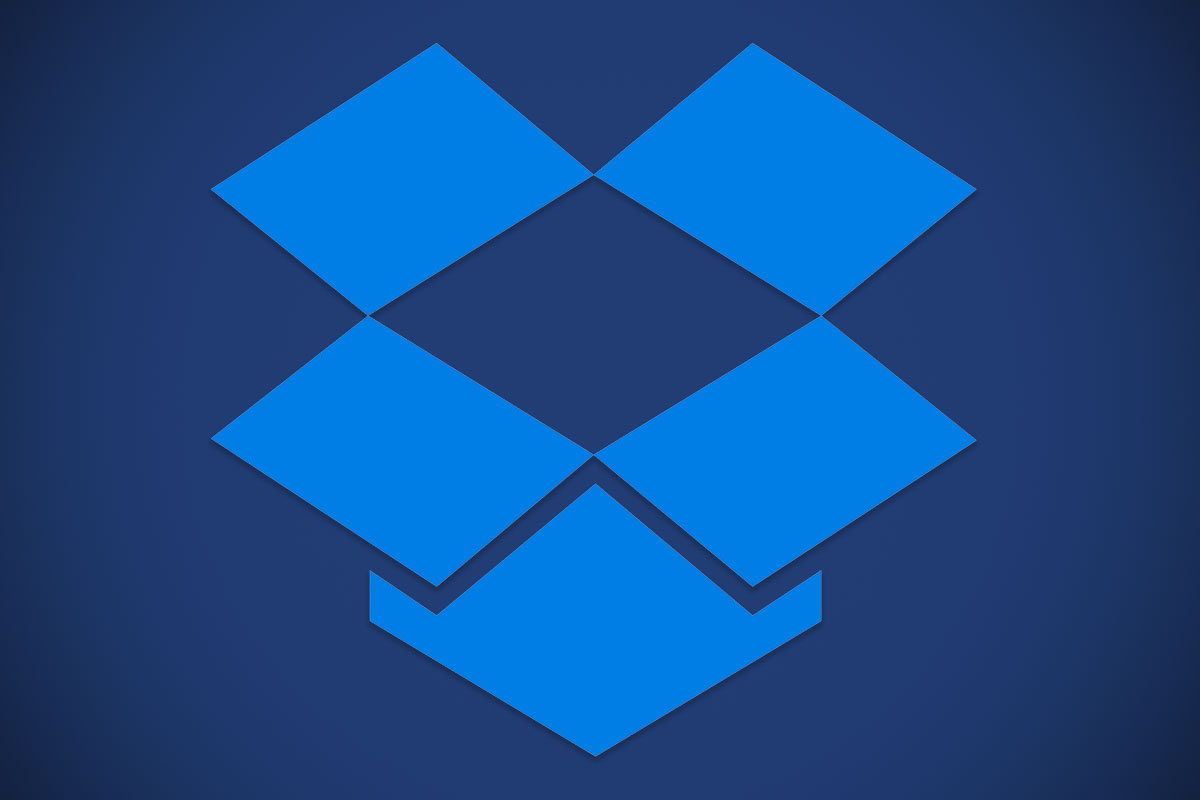

Dropbox pioneered modern cloud storage where all the contents of a folder are continuously synced in between numerous computers. The function was practically like magic when it initially appeared and millions of individuals registered for Dropbox accounts and began syncing and sharing folders. Since then, the business has gotten a few companies and built a portfolio of business-oriented features like file signing.
The basic performance of Dropbox still works as efficiently as ever, and none of its competitors have actually handled to do synchronization and shared folder access quite also.
Free accounts only get 2 gigabytes of space, but can increase that by inviting others to get Dropbox accounts. With 32 guests, you get an extra 16 gigabytes, and if you likewise go through the company’s getting going guide, you get the optimum free area of 18.25 gigabytes. That’s more than the competition however likewise requires a lot of work. Regrettably, it’s your only choice if 2 gigabytes is too little but you feel like you actually do not require the 2 terabytes, which you get with a membership to Dropbox Plus.
Dropbox’s greatest drawback is just that: The lack of an intermediate subscription with someplace between 50 and a couple of hundred gigabytes. With Apple, Google, and Microsoft, you can get 50, 100, or 200 gigabytes for between $1 and $3 a month, while Dropbox dives in with its 2 terabytes for $9.99 a month. Users have grumbled to no obtain, but Dropbox does not seem to discover it profitable to provide a smaller subscription.
Business-orientated
Beyond the fundamentals, Dropbox provides a bunch of additional features, but nearly all of them are aimed at businesses and many are only included in organization subscriptions. One feature offered in customer subscriptions is automated backup of both internal and external discs. The Dropbox backup function uses a separate part of the readily available area that you can’t access directly from, state, Windows Explorer.
This implies you can use Dropbox as a cloud backup like Backblaze and at the same time for file sync, hence avoiding the requirement for another membership. This needs that all your files fit into less than 2 terabytes (Backblaze, by comparison, has unlimited area for backups).
That said, Dropbox is still a great service for keeping files synchronized between various gadgets and users. If you can unlock the additional space in a totally free account, you get a fairly roomy cloud folder that rapidly and securely synchronizes the most crucial files to all your gadgets. If you spend for a membership, you or the whole household gets a large cloud folder that can be used very flexibly.
Truths:
Evaluated: 2023
Manufacturer: Dropbox
Platforms: Windows, Mac, Linux, Android, IOS
Free account area: 2 GB (plus up to 16.25 GB in benefits).
Storage space: 2 GB, 2 TB.
Monthly cost: Free, $9.99 (individual), $16.99 (family up to 6 users).
Synchronization of optional files and folders: Yes.
Family sharing: Up to six people with family strategy.
Backup function: Yes, total.
Submit history: Yes (30 days).
Other features: Various business features.



